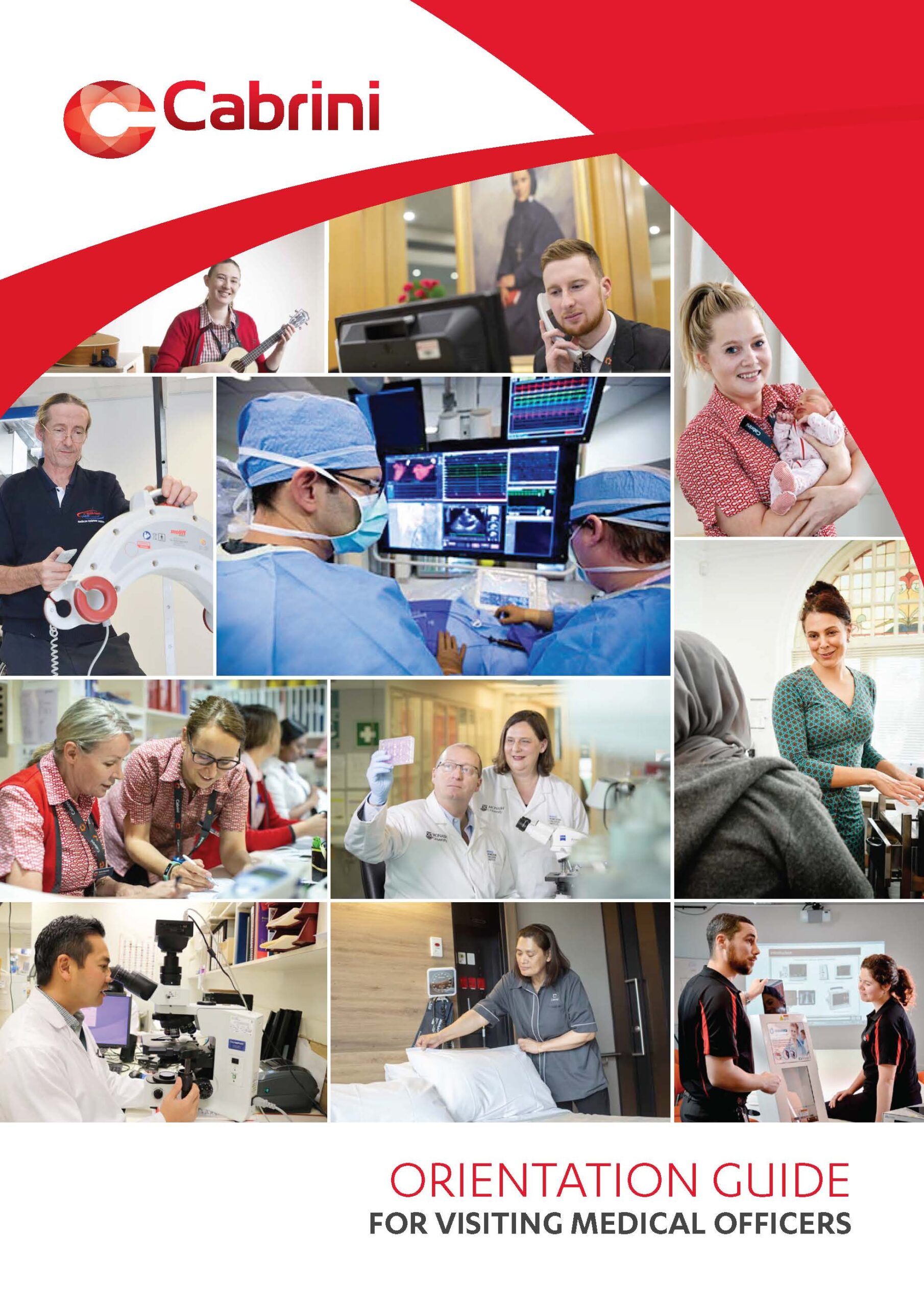Resources
Orientation guide
We recommend all new doctors download and read our orientation guide
Grand Rounds
March | Dr Debbie Gordon – The pituitary gland – what we need to know in 2025
April | Dr David Blusztein – Valvular Heart Disease – a summary of percutaneous valve interventions in 2025
May | Professor Subodh Verma – Enhancing Post-ACS Outcomes – targeting triglyceride-associated cardiovascular risk
June | Dr Tasfia Reza – Updates in Dementia diagnosis and management
July | Dr Julian Segan, Dr Zoe Brown, Dr Adam Scott-Charlton – Trio to tips: Updates in scleroderma, gout and VEXAS
August | Dr Brian Anthonisz and Dr Matthew Tuminello – Contemporary medical approaches to neurological spasticity management
September | Dr Joshua Laing – Seizures, epilepsy and surgical strategies
October | Dr Dane Horsfall – Communications skills in medicine: it’s not all fluffy bunnies
December | Professor Gary Richardson OAM – How Precision Medicine is changing cancer treatment
March | Dr Debbie Gordan – The hitchhikers guide to diabetes in 2024
April | Professor Andrew Wei – Additional Session – Practical management AML partic venetoclax+azacitidine
May | Dr Sarah Milanko – Back to Back: when lower back pain is more than it seems
June | Dr Owen McKay – Moving the needle: improving the diagnosis and management of pancreatic and biliary tract cancers using next generation sequencing (NGS)
July | Dr Adrian Minson – CarT and bispecific therapies in blood cancer: T cells in action and exciting horizons
August | Prof Minoo Patel and Dr Ash Chehata – Reverse total shoulder replacement and Proximal humerus fractures and radius fractures (sorry no recording this month)
September | Dr Jorge Zavala – Updates in Stroke Medicine
October | Dr Patrick Tee – Updates in Palliative Care: Back to basics
November | Dr Natalie Perera – Deviation from the Furrow
Forms and information
Cabrini now uses single page consent forms for treatment and procedures.
Key changes:
- The form is now single page document – both patient and clinician signatures on the same side.
- There is one form for all procedures and treatments that requires written consent, namely: surgical procedures, anticancer therapies and blood transfusions.
- The editable PDF (digital version) of the consent form allows e-signature input for Medical Practitioners.
- Consent to Blood Transfusion is to be documented by the Medical Practitioner with 3 options:
- Not applicable
- Consent to receiving any required blood or blood products (including recording the expected duration of treatment)
- Refusal of any / specific blood or blood products (this necessitates the completion of the Refusal of Blood or Blood Products Form – MR002DR as well as consideration for an Advanced Care Directive)
The consent forms (2 sided MR002DM, MR002DR), remain valid but we ask all ongoing consent to be on the new single page form.
Resources
Completing death certificates
The attached document, also available through the Births, Deaths and Marriages (BDM) website, provides guidelines to filling out the cause of death form and examples of this.
Correcting death certificates
If you need to correct details after submission, this can only be made by the medical practitioner who submitted the cause of death. If they are unavailable, the Senior Medical Registrar or the Treating Consultant under whom the deceased was admitted and treated. The correction email must include why the certifying medical practitioner is unavailable. To correct a submitted form:
Email bdmmedicals@justice.vic.gov.au as soon as possible with:
- Your own details
- The deceased person’s details
- The details of the correction, such as incorrect name, date of death, date of birth, place of death, cause of death
- The reason the correction is needed.
Send a corrected copy to the funeral director:
- Manually correct a printed copy
- Sign next to the corrections
- Send the corrected copy to the funeral director, either a hard copy or a scan via email. The copy with corrections should reflect the details emailed to BDM.
BDM will email a confirmation to the medical practitioner once the record has been corrected.
From 19 June 2019, voluntary assisted dying is legal in Victoria. The Voluntary Assisted Dying Act 2017 (Vic) allows certain people in the late stages of advanced disease to take a substance prescribed by a doctor that will end their life, at a time and place of their choosing.
There are strict eligibility requirements and not all patients will be able to access voluntary assisted dying.
Cabrini’s position is that doctors and other healthcare practitioners should not intentionally cause the death of a person in their care, and should not assist a person in taking their own life. Cabrini will not be participating in voluntary assisted dying. We welcome all to our healthcare service, whatever their views and beliefs. We will support our staff in being able to respond in a sensitive and open way to any person’s desire to discuss or access voluntary assisted dying.
We will never abandon our patients and we will continue to accompany them, if they choose, from diagnosis until their death.
Resources:
Cabrini uses electronic charting of Insulin across the organisation, to address the risks associated with a hybrid system (paper and electronic). This initiative reduces the number of insulin-related incidents and improves patient safety overall.
All regular and supplemental (sliding scale or stat dose) insulin are prescribed on MedChart. Insulin infusions will remain on paper charts. The Diabetic Observation Record (MR183) includes track-and-trigger functionality.
